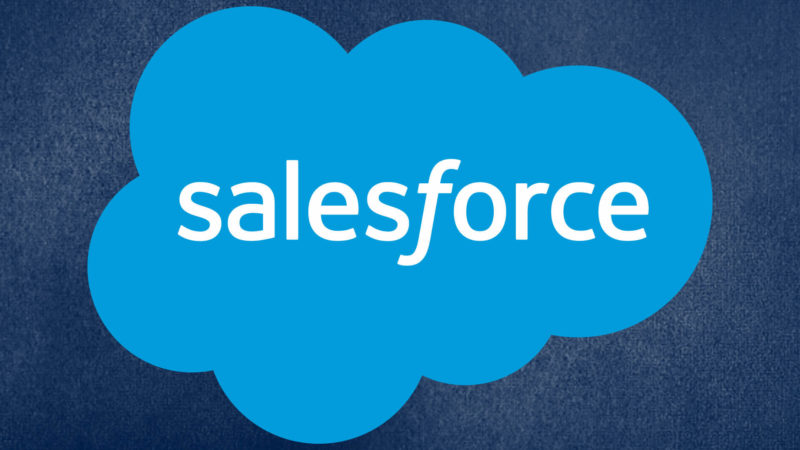If you haven’t assessed your organization’s marketing technology in the last year, you are likely overdue for a clean out.
Just like cleaning out a closet, garage or shed, you should conduct an annual audit to prepare for the upcoming year. While assessing your martech stack may seem daunting, the maintenance becomes easier once you’ve completed the first deep clean.
To get started, consider these key areas to evaluate your current marketing technology stack:
- What is your company’s corporate strategy?
- How does this translate into marketing?
- What marketing technologies do you have in place?
- How frequently do you use these technologies and for what purposes?
- Would it be beneficial to switch, add, or consolidate technologies?
Whether at home or work, accumulating excess is common. A pragmatic and connected approach helps ensure martech success now and in the future.
Acknowledging the corporate strategy
The best approach to martech starts with understanding your organization’s long-term goals. Whether it’s growth, stability or retrenchment, the corporate direction directly influences marketing and technology decisions.
For example, if your organization aims to expand market share with your current product offering, you might be inclined to implement a marketing strategy that uses competitive pricing and discounts to attract more customers. In this case, a dynamic pricing solution could be ideal. To deploy dynamic pricing, both business capabilities and associated technologies will need to be considered.
Here’s a visual of how this decision might flow across corporate strategy, marketing and technology:

Translating corporate direction to marketing strategy
As shown in the example above, connecting corporate direction, marketing solutions and technology helps align the organization’s focus, goals and execution. Decisions based on an aligned approach can provide more value for your organization in the long run.
Next, examine your customer’s comprehensive journey with your organization (awareness, engagement, evaluation, purchase, support, loyalty) to document any additional needs. Bonus tip: Collect needs in the form of use cases to ensure the right amount of detail is surfaced. Ensure your use cases cover both current and future needs, including any trends you might want to capitalize on in the long term.
Documenting use cases is best done with a cross-functional team. While business and marketing team members can identify the problem statement, benefits and goals, partnering with colleagues in technology and beyond can enrich the solution, help identify cross-functional requirements and pinpoint platform and technology impacts.
Example: Personalization
Let’s take personalization as an example. Suppose the marketing team wants to deploy personalization in the next year or two to jumpstart dynamic pricing. There are many benefits of personalization including an improved customer experience, the potential for improved brand loyalty, plus increased revenue. With that said, personalization can be a heavy lift for an organization and can be costly depending on existing business capabilities.
By collaborating with others in the organization, the team can break down the broad concept of personalization into component parts and understand the big picture, such as the need to:
- Define the approach to a unified dataset.
- Understand how tools within the martech stack can integrate seamlessly.
- Identify conditions for personalization (e.g., location, traffic source, behavior, time).
- Define an identity resolution solution.
- Create personalization models for pricing.
- Enrich data.
And more.
By capturing the personalization use case in collaboration with cross-functional colleagues, implications can be raised early enough to influence decision-making and the budgeting cycle.
Evaluating use cases against the martech stack
With a library of use cases in hand, the next step is to review the martech stack against these priorities to identify any gaps. This evaluation will likely reveal:
- Use cases where new technology is required.
- Areas within the martech stack where duplicate technologies exist.
- Situations where interoperability can be improved by switching platforms.
Dig deeper: A roadmap to martech stack maturity
Making martech decisions
Typically, a few working sessions or a workshop can facilitate discussions on what technologies to keep, discard, replace or buy. If the gold standard in fashion is creating a minimalist capsule wardrobe, our aim is a minimalist martech stack.
However, making martech decisions is tricky. Often, different points of view lead to a tie. For instance, you might find multiple business intelligence (BI) platforms across the organization due to different departmental needs. There is also the challenge of legacy systems and resistance to switching platforms because of historical usage. In these cases, using a scoring model can help. While the criteria might differ, a simple scoring of each use case and accompanying technology based on impact versus cost/complexity can help bring an objective perspective to the conversation.
Further, conducting a vendor evaluation determines which technology partners are best at meeting your organization’s specific needs. One of the most valuable parts of a vendor evaluation is a demo where each technology partner shows how their platform handles your bespoke use cases and interoperability requirements.
When technology demos go beyond out-of-the box features and into your organization’s particular needs, you’ll be able get an apples-to-apples comparison across technologies. This makes the conversation between multiple BI platforms more evidence based. Beyond a demo, you can also ask the chosen (or shortlisted) technology partner(s) to open a sandbox so that your teams can get a firsthand feel for the user experience and what it would mean to switch to another platform.
And, if you’re wondering why I chose BI to represent the challenge of duplicate technologies, it’s because Forrester reported that “25% of organizations use 10 or more BI platforms, 61% use four or more and 86% of organization use two or more.”
Lastly, if all else fails (or if you don’t want to go it alone) working with an independent third-party to conduct the martech evaluation helps ensure all perspectives are heard, appraised and reflected in the final martech recommendation.
Ultimately, following this process will help connect the dots between corporate direction, marketing and technology. With use cases in hand, the organization will be able to engage in informed discussions to prioritize efforts. This will help shape the martech roadmap and pave the way to a more effective, efficient, and cost-friendly stack.
The post Is it time to clean out your martech stack? appeared first on MarTech.






